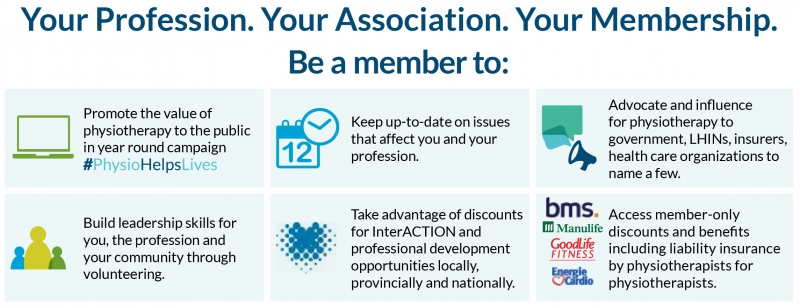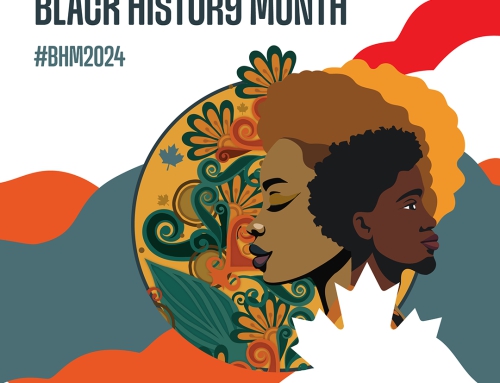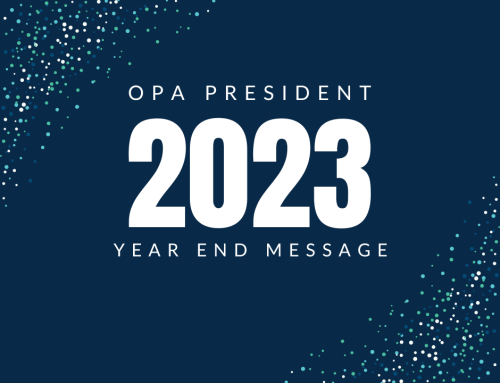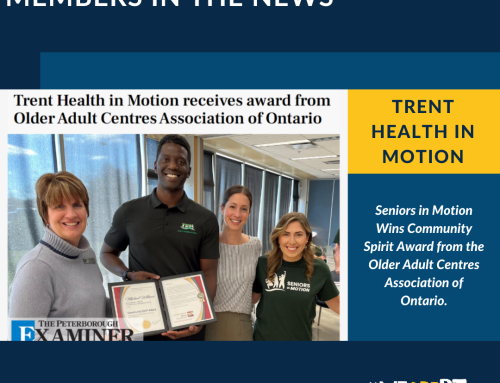 The border between Canada and the United States running from Little Gold Creek to Campobello is often reported as the longest undefended border in the world. Citizens north and south of the border have lived in relative harmony for the better part of two centuries. There is a high likelihood that one of the most durable international partnerships will continue to endure, despite the temporary angst and short/medium term economic ramifications of the current trade related policies in the United States.
The border between Canada and the United States running from Little Gold Creek to Campobello is often reported as the longest undefended border in the world. Citizens north and south of the border have lived in relative harmony for the better part of two centuries. There is a high likelihood that one of the most durable international partnerships will continue to endure, despite the temporary angst and short/medium term economic ramifications of the current trade related policies in the United States.
The partnership has survived devastating geopolitical conflicts, severe economic depressions, and over 60 peaceful transitions of power across both nations. The result has been, despite all of its collective shortcomings, one of the most prosperous regions of the world. All this despite what some might consider a vastly different value system resulting in dichotomous policy related decisions in many domains – health care funding, national defense spending, and gun laws to name but a few. Durable partnerships, where both partners prosper and persist together despite some differences in value systems and long term objectives, can stand the test of time.
A palpable shift is occurring in the health care sector in Ontario, similar to a summer thunderstorm. There are some who only experience the disturbance as mild rumblings somewhere distant along the horizon, while others try to convince their dogs and small children that all will be well as thunder booms overhead. A gradual and transformative trend has been enveloping the entire sector for the better part of a decade – consolidation: the CCACs merging into the LHINs, large academic acute care hospitals merging with rehabilitation hospitals and home care providers, family physician offices merging into large multi-site family health teams, and large rehabilitation providers acquiring small businesses across the country. All are examples of consolidation that create different experiences for clients, employers, and the health professionals who work and live as the rumbling occurs overhead.
When will the same forces that are leading to consolidation across these sectors – demand for a more integrated care experience, the pursuit of high quality and efficient care, and value based health care delivery with cost balanced against health outcomes – begin to have an influence on the health professions? Now more than ever a unified voice across the physiotherapy profession is required to be heard over the storm of shifting policy, practice and population level demands.
But is a unified, single voice for the profession enough? I would argue that it is difficult to communicate effectively in today’s saturated communication world single-handedly. A unified and amplified voice should be the aim for the professional Association of 2018. But more importantly, how can we amplify that voice? This is where cultivating durable partnerships, where each partner rejects the zero sum game theory and embraces shared risks and benefits over the long haul, will be an important strategy to weather these latest rumblings of change.
An example which highlights why Associations will need to cultivate these partnerships is the movement towards a bundled care funding envelope for select quality based procedures in Ontario. Bundled funding models, currently being piloted in Ontario, will provide a single payment for an episode of care across multiple settings and providers. Importantly, a single provider will be selecting partners, establishing agreements and managing the funds in this model. This example highlights how durable partnerships will be a prerequisite for success in the rehabilitation sector as clunky service delivery models could become more effective and efficient, disjointed referral pathways could begin to be streamlined, and funding decisions will almost certainly be further consolidated into decision makers at select institutions.
The continued integration and consolidation of funding across a specific continuum of care (e.g. hip and knee replacement surgery) leads to a few important questions:
- How should key rehabilitation professionals include themselves in these important discussions moving forward?
- What would a unified and amplified rehabilitation voice look like in this and other contexts?
- What structures, communication channels and networks already exist that can be further developed in order to unify and amplify?
- What needs to change?
- What needs to evolve?
We’ve lived through the era of interprofessional care over the past 10-15 years where, for example, a client sees up to half a dozen professionals in a typical pre-operative assessment. Will the forces that have influenced consolidation in other areas of the health sector begin to influence how health care is organized across the health professions partnering in care with their clients?
Leadership will be paramount as the health care world continues to challenge long held beliefs, such as how (if at all) large and clunky service delivery models optimize effective and efficient care.
If you have examples of durable partnerships that currently exist in your community which result in positive client and/or community level impact, I would welcome the opportunity to hear about it.
Why has the partnership between the US and Canada been so durable over the centuries, despite innumerable storms which could have upended a less stable relationship? Surely it cannot be only because of economic prosperity. There must be some other glue that holds it together. I would argue that underneath the deep seeded differences described earlier, over the long haul (in other words, with the current US government as an exception!) there exist equally stable shared values across the Canadian and American populations such as taking care of those less fortunate, belief in meritocracy, and the separation of church and state.
Cultivating durable partnerships with other like-minded professions and partners will contribute to optimizing our profession’s positive client and community level impact. As this latest storm settles down and the birds sing their post storm song, the durable partnerships we’ve formed over time will help us weather the next storm and we will continue to work together to help the citizens of Ontario access physiotherapy as an essential element of optimal health.
By Allan Macdonald, PT, MBA, President, Ontario Physiotherapy Association
president@opa.on.ca








